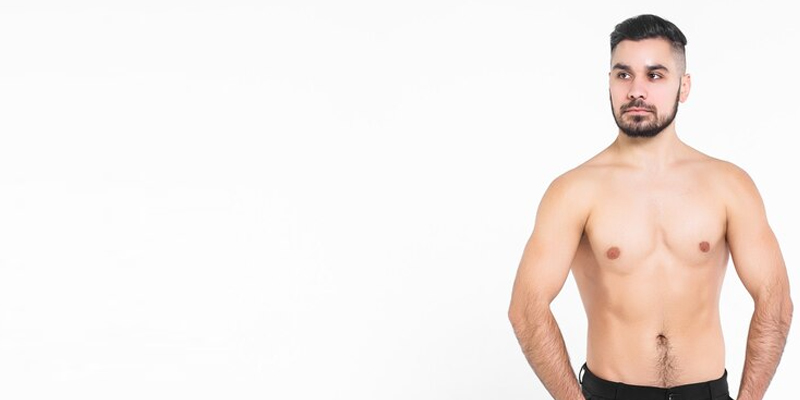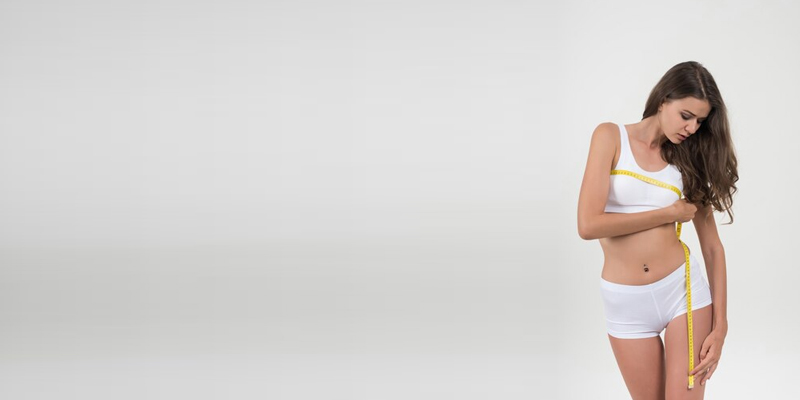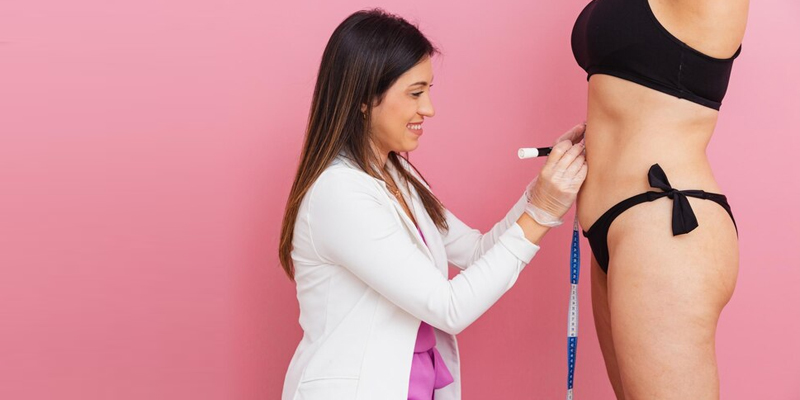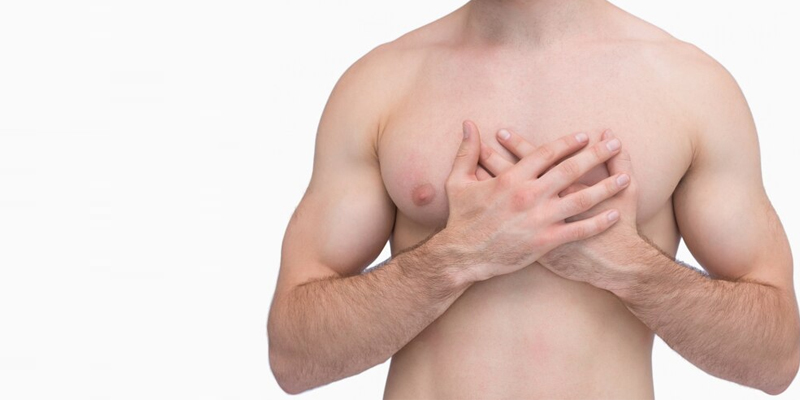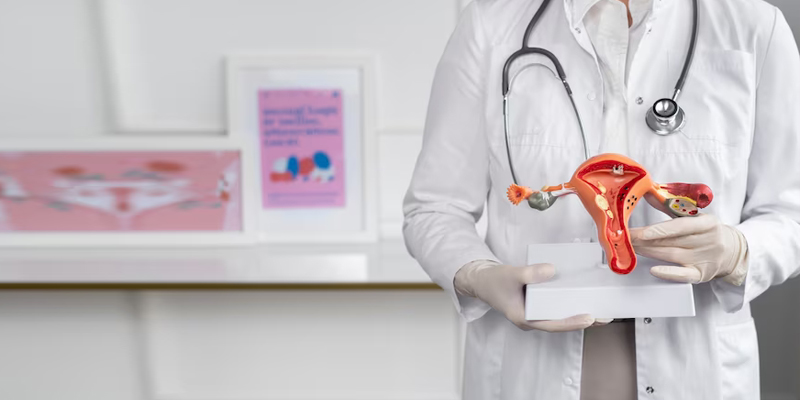Are you worried about Breastfeeding?
Most of the women said, “BIG YES” for this Question.
Here we came with the solution to people who are much-worried about their Breastfeeding.
The list of people who are suffering and confused in Breastfeeding.
- I am unmarried, planning to do Breast implant but worried about Breastfeed in future.
- Mom’s who love to go for Breast Aug but Sticking in their mind regarding Breastfeed for their next Child.
- Already have done implants But now I am worrying.
- I need beauty but if it affects my Breastfeeding, no need that nonsense.
These kinds of women struggle to decide about the Breast Surgeries or Breast Augmentation implants. There also murmur sound going around woman’s world about this topic.
The advantage of Breast Implant
Breast implants can make a woman feel more beautiful and confident.
- Better Appearance
- Better Breast Shape
- Improved self-esteem
- Improved job opportunities
- Improved social opportunities
- Ability to wear new or different clothes
- Feeling more youthful
These are just a few examples of some of the emotional benefits that women experience following breast augmentation. According to recently published surveys, about nine out of ten women had improved self-esteem after breast procedures like breast augmentation and Breast Lift surgery
Can you Breastfeed after Breast Implants
Yes! Yes! Yes!
You can Breastfeed after Breast implant surgery. It depends on the size and placement of implants, as well as the type of surgery. Before getting into the action consult Best Breast Implant Surgeon in your circle.
Types of surgeries affect breastfeeding
During Breast implant surgery, an incision may be made across or around the dark area around your nipples, which can cause severe nerve damage inside your breast. This can cause loss of sensation in your nipples and areola.
The Best Breast implant incision is If the incisions were made under your breasts or in the armpit, this method would not affect your nerves inside the chest.
Safe Breast Implant incision
The location of your implants may also affect your ability to nurse your baby. Breast implants may be inserted under the chest muscles or between the chest muscles and the breast tissues.
Placing them under the muscles may avoid damage to your nerves and milk ducts and prevent the mixing of silicone with breast milk. Damage to breast tissues may be reduced by making the incisions under the breast through the fatty tissues.
Breastfeeding experience after Breast Implant from Aria Phillips
Before conforming your surgery ask Before and After surgery Breast Implant Photos
Best Breast Augmentation Procedure or Breast implants
Step 1 – Anesthesia
Medications are administered for your comfort during the surgical procedure. The choices include intravenous sedation and general anesthesia. Your doctor will recommend the best choice for you.
Step 2 – The incision
Incisions are made in inconspicuous areas to minimize visible scarring. You and your plastic surgeon will discuss which incision options are appropriate for your desired outcome. Incision options include: along the areolar edge (peri-areolar incision), the fold under the breast (inframammary fold) and in the armpit (axillary incision). A belly-button approach is associated with a higher complication rate.
Incisions vary based on the type of breast implant, the degree of enlargement desired, your particular anatomy and patient-surgeon preference.
Step 3 – Inserting and placing the breast implant
After the incision is made, a breast implant is inserted into a pocket either:
Under the pectoral muscle (a sub muscular placement)
Directly behind the breast tissue, over the pectoral muscle (a sub mammary/ sub glandular placement)
The method for inserting and positioning breast implants depends on the type of implant, the degree of enlargement desired, your body type and your surgeon’s recommendations.
Step 4 – Closing the incisions
Incisions are closed with layered sutures in the breast tissue and with sutures, skin adhesive or surgical tape to seal the skin.
Over time the incision lines will fade. The quality of scar depends on many things, including your genetics, exposure of your body to nicotine and infection.
